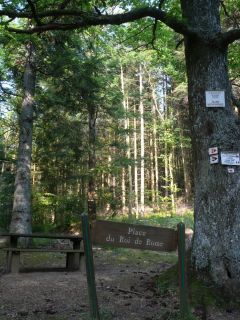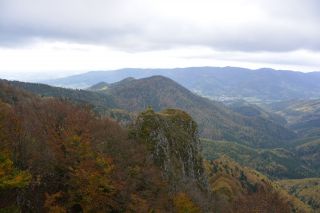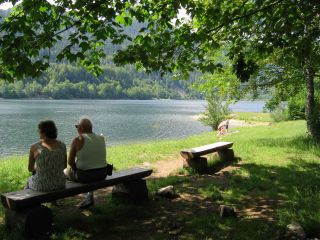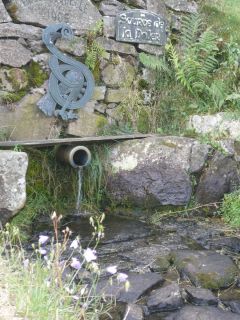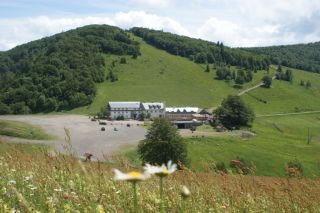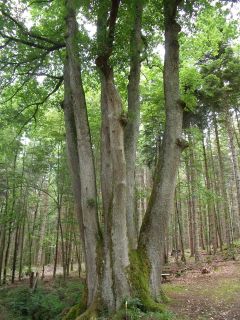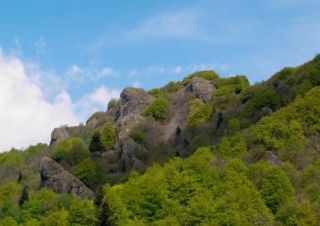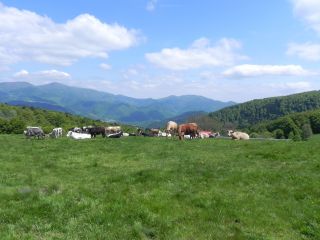Natural sights
27 results Sort :
This tree nursery is located between the Welckentalkopf and the Herzogsberg in the Rossberg massif. The name reminds the birth of Napoleon's first son in 1811.
The Vogelstein rocks (1164m) overhang the volcano forest and are classified as a nature reserve, due to the unique forest and the special flora and fauna.
At Lake Kruth-Wildenstein young and old may enjoy water sports and nature activities, such as the tree climbing. Above the lake thrones the ruins of Schlossberg (castle hill) ...
The Doller source is situated at a heigth of 922m. The first catchment of water was in 1906. Since then, the water supplies the city of Mulhouse and its surroundings.
The Rouge-Gazon pastures dominates the Perches lake. It may have its name from a bloddy battle taking place here during the Thirty Years War and the red grass.
The tree with the six truncs lies nearby crossroad Diebolt Scherrer between Thann and the Farm-lodge Buissonnets. This type of tree with multiples trunks is caracteristic of the ...
The Vogelsteine lava flow dates from the volcanic period of the Vosges mountains, 330million year ago. At that time the surface was covered by a low water sea and islands.
The Belacker pasture (chaume) is located between the Rossberg and the Vogelstein. These high mountain pastures are typically for the southern Vosges mountains. Their were first ...
The Hundsruck mountain pass lies at 748m forms the passage between the valleys of the Thur and the Doller. Cyclists climbing the pass regulary. The french army built this road, ...
The Gazon Vert pasture is situated in an glacial circus. The site is surrounded by big fallen rocks. Water is flowing from a peat bog to a cascade below.

